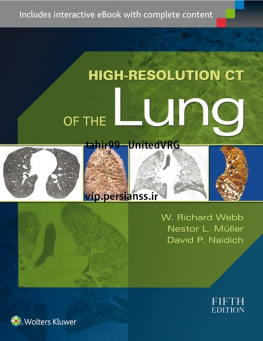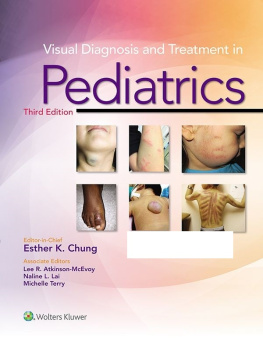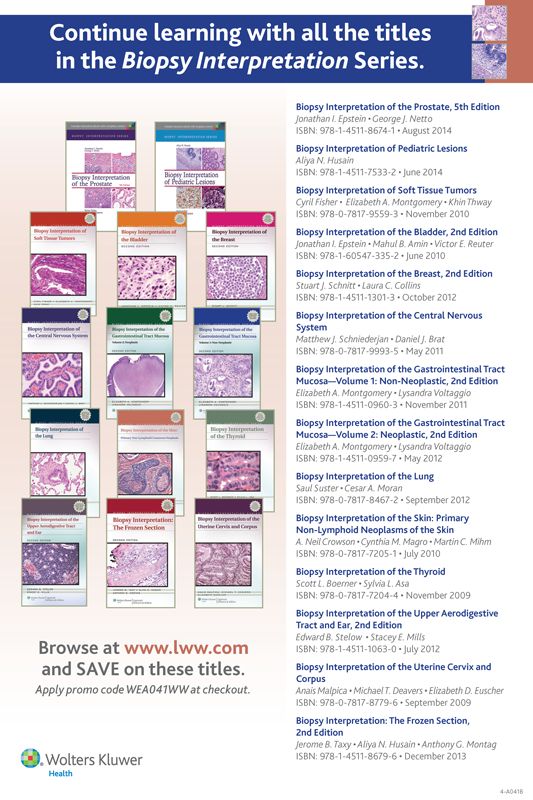BIOPSY INTERPRETATION SERIES
BIOPSY INTERPRETATION
OF THE LIVER
Acquisitions Editor: Ryan Shaw
Product Manager: Kate Marshall
Production Product Manager: David Saltzberg
Senior Manufacturing Coordinator: Beth Welsh
Marketing Manager: Dan Dressler
Designer: Doug Smock
Production Service: Absolute Service, Inc.
2015 by WOLTERs KLUWER HEALTH
Two Commerce Square
2001 Market Street
Philadelphia, PA 19103 USA
LWW.com
All rights reserved. This book is protected by copyright. No part of this book may be reproduced in any form by any means, including photocopying, or utilized by any information storage and retrieval system without written permission from the copyright owner, except for brief quotations embodied in critical articles and reviews. Materials appearing in this book prepared by individuals as part of their official duties as U.S. government employees are not covered by the above-mentioned copyright.
Printed in China
Library of Congress Cataloging-in-Publication Data
Torbenson, Michael S., author.
Biopsy interpretation of the liver / Michael S. Torbenson.
p. ; cm. (Biopsy interpretation series)
Includes bibliographical references and index.
ISBN 978-1-4511-8257-6
I. Title. II. Series: Biopsy interpretation series.
[DNLM: 1. Liver Diseasesdiagnosis. 2. Liver Diseasespathology. 3. Biopsy. 4. Diagnosis, Differential. WI 700]
RC847.5.B56
616.3620758dc23
2014012768
Care has been taken to confirm the accuracy of the information presented and to describe generally accepted practices. However, the authors, editors, and publisher are not responsible for errors or omissions or for any consequences from application of the information in this book and make no warranty, expressed or implied, with respect to the currency, completeness, or accuracy of the contents of the publication. Application of the information in a particular situation remains the professional responsibility of the practitioner.
The authors, editors, and publisher have exerted every effort to ensure that drug selection and dosage set forth in this text are in accordance with current recommendations and practice at the time of publication. However, in view of ongoing research, changes in government regulations, and the constant flow of information relating to drug therapy and drug reactions, the reader is urged to check the package insert for each drug for any change in indications and dosage and for added warnings and precautions. This is particularly important when the recommended agent is a new or infrequently employed drug.
Some drugs and medical devices presented in the publication have Food and Drug Administration (FDA) clearance for limited use in restricted research settings. It is the responsibility of the health care provider to ascertain the FDA status of each drug or device planned for use in their clinical practice.
To purchase additional copies of this book, call our customer service department at (800) 638-3030 or fax orders to (301) 223-2320. International customers should call (301) 223-2300.
Visit Lippincott Williams & Wilkins on the Internet: at LWW.com . Lippincott Williams & Wilkins customer service representatives are available from 8:30 am to 6 pm, EST.
10 9 8 7 6 5 4 3 2 1
I hope this book will become a well-thumbed resource for those first learning liver pathology and those more experienced who have a specific question while looking at a liver biopsy. I very much enjoy liver pathology and have a fine collection of liver pathology books. All have strengths, and some are truly excellent. I can easily tell which books I have found most practical and useful over the years by their dog-eared pages and well-creased spines, and it is my hope that this book will appear similar, after some time on your shelf.
This edition was preceded by two excellent editions authored by Stephen Geller and Lydia Petrovic. They set the bar high! I hope this current edition continues in the fine tradition they set forward.
In my own training in liver pathology, which I suppose never really ends, I have greatly benefited by excellent teachers and colleagues. These include faculty then at the University of Pittsburgh Medical CenterJake Demetris, Mike Nalesnik, Parmjeet Randhawa, and Tong Wuand faculty then at Johns Hopkins HospitalJohn Boitnott and Bob Anders. Many liver biopsies benefit from being shared with colleagues and trainees, shared because they are hard, shared because they are interesting, or shared because they have a teaching point. Opportunities for sharing, when taken, strengthen both parties and improve patient care. I am grateful for the many cases shared with me by these outstanding teachers and colleagues. Thanks also to the pathologists who have sent consults over the years. It has been a privilege to review them, and I have learned much from interacting with pathology and clinical colleagues around the world.
I am also indebted through my association with the many outstanding liver pathologists who are members of the Laennec Society and the Gnomes, powerful intellects and great company, from which I have greatly benefitted.
Finally, my thanks to Norm Barker, a friend and colleague in the specialty of medical illustration, who helped with many of the images and whose commitment to excellence in medical illustration is greatly appreciated.
Michael Torbenson, MD
TABLE OF CONTENTS
There are many ways to approach interpretation of a liver biopsy, all of which have some value. The approach outlined here has worked successfully for many pathologists for many years and may be helpful as a starting point for those who do not have an established routine for examining liver biopsies. Careful attention to these core general elements of evaluating a liver biopsy will improve your diagnostic liver pathology skills.
ROUTINE STAINS FOR LIVER BIOPSY EVALUATION
In most centers, a liver biopsy is processed to include at least two hematoxylin and eosin (H&E) stains, an iron stain, and a trichrome stain. H&E stains and a stain for fibrosis should be performed on all medical liver biopsies. However, there are no additional mandatory stains needed to evaluate a liver biopsy, and other centers may include a periodic acidSchiff (PAS) stain with and without digest or a reticulin stain on all biopsies. Some centers may also prefer a Sirius red stain over the trichrome stain for evaluating fibrosis.
CLINICAL AND LABORATORY INFORMATION
An important step in evaluating a liver biopsy is taking the time to understand the clinical history as thoroughly as possible. The clinical history may be scant in many situations, ranging from a consult biopsy sent from another hospital with little or no information to a patient who is acutely ill and has just presented to the emergency room in your hospital. Nonetheless, it is important to review and understand as much of the clinical history as you can reasonably obtain. The available laboratory results should also be reviewed. At times, the actual laboratory results will not be available, but you may be told verbally that certain laboratory tests are positive or negative. These verbal results can be very helpful but should be confirmed by your reviewing the actual laboratory results whenever possible because sometimes laboratory results can be misunderstood or conveyed to you inaccurately. After the liver biopsy has been fully reviewed, the biopsy findings may prompt you to ask for additional information. For example, if you find granulomas, you may inquire about a history of sarcoidosis or other granulomatous diseases, even if that history was not initially provided. This second, focused request for clinical information or laboratory results is driven by the biopsy findings and can provide critical information that fully establishes the diagnosis in many cases.













